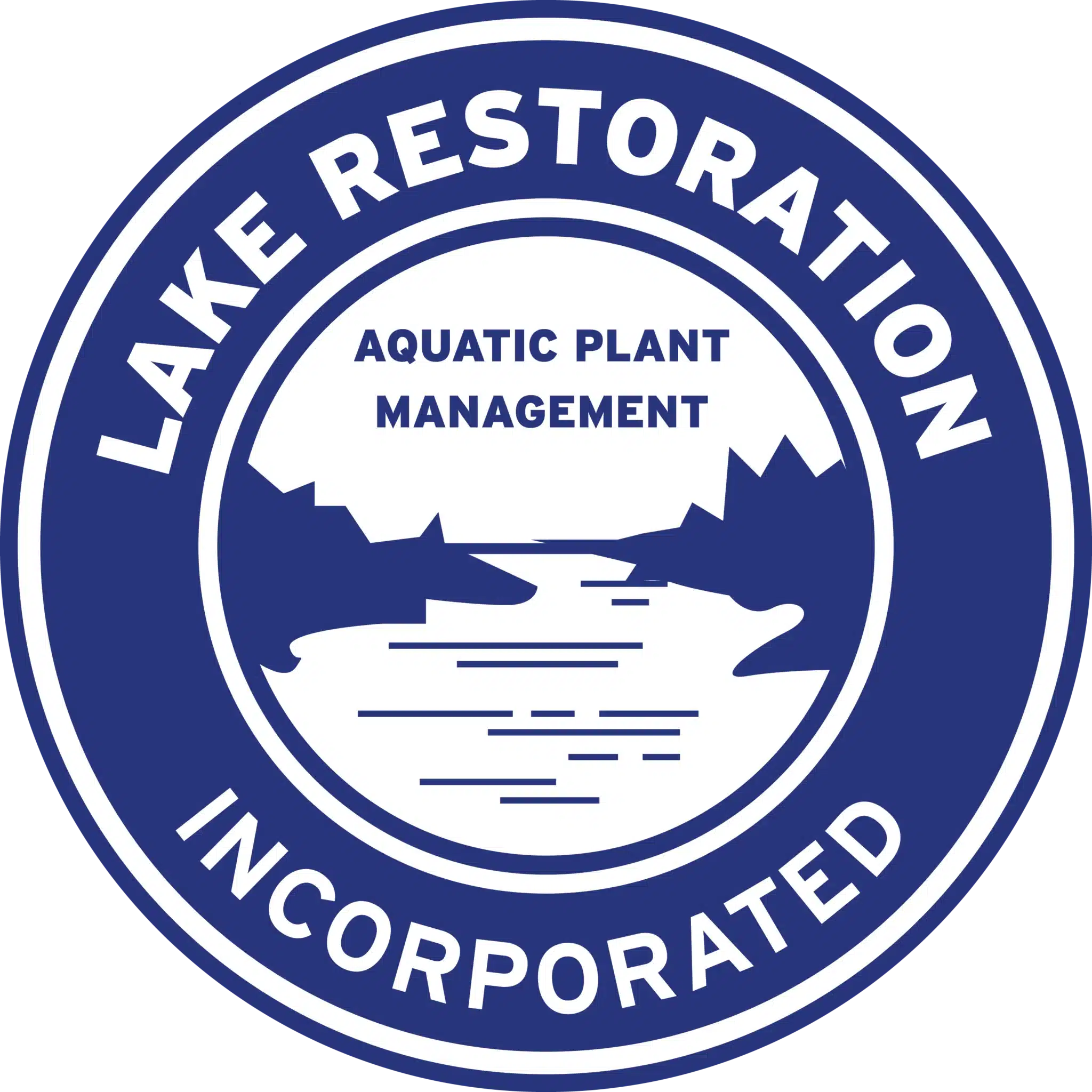Lake Shore Weed Control & Removal — The Essentials
There are many species of lake weeds that can overtake a lake shore. Some of the more common lake weeds that grow below water (submerged) include: hydrilla, Eurasian watermilfoil, curlyleaf pondweed, elodea and many others.
Submerged lake weeds may grow to the surface and interfere with swimming, fishing, boating, and the visual enjoyment of the lake.
Lake weeds that grow above the water (emergent) include: cattails, water lily, and bulrush. Cattails and bulrush may prevent access to the water because of their ability to grow in dense stands along the shore of a lake.
Lake shore weed management, including control and removal is essential in keeping the lakeshore useable. Dense growths of aquatic plants will add to the silt build up at the bottom of the lake and reduce water movement, leading to algae growth.
The most effective aquatic herbicides need to be applied after lake weeds are already growing. Depending upon the lake herbicide, there will need to be between one and six hours of contact time between the herbicides and the plants. Because of this necessary contact time, it is best to apply lake herbicides in the morning on a day with projected low winds for optimal control.
Lake shore aquatic herbicides are safe and break down quickly after controlling the lake weeds. Typically, each treatment will lake weeds from interfering with lake use for about five weeks. Additional treatments should be timed about five weeks apart to make sure control and removal efforts remain successful.

